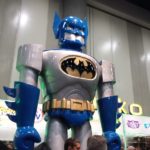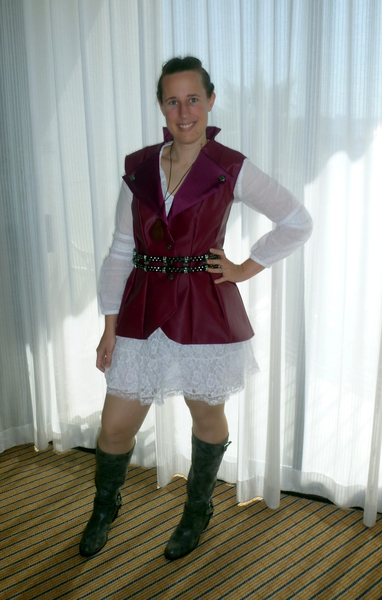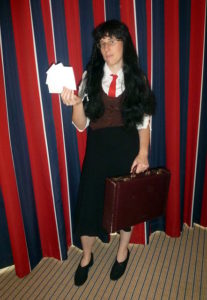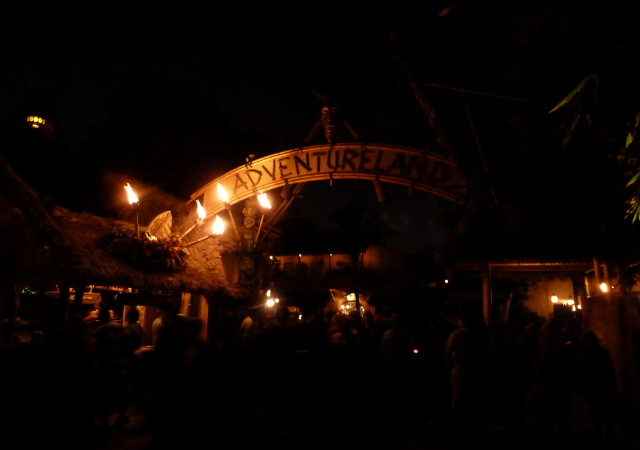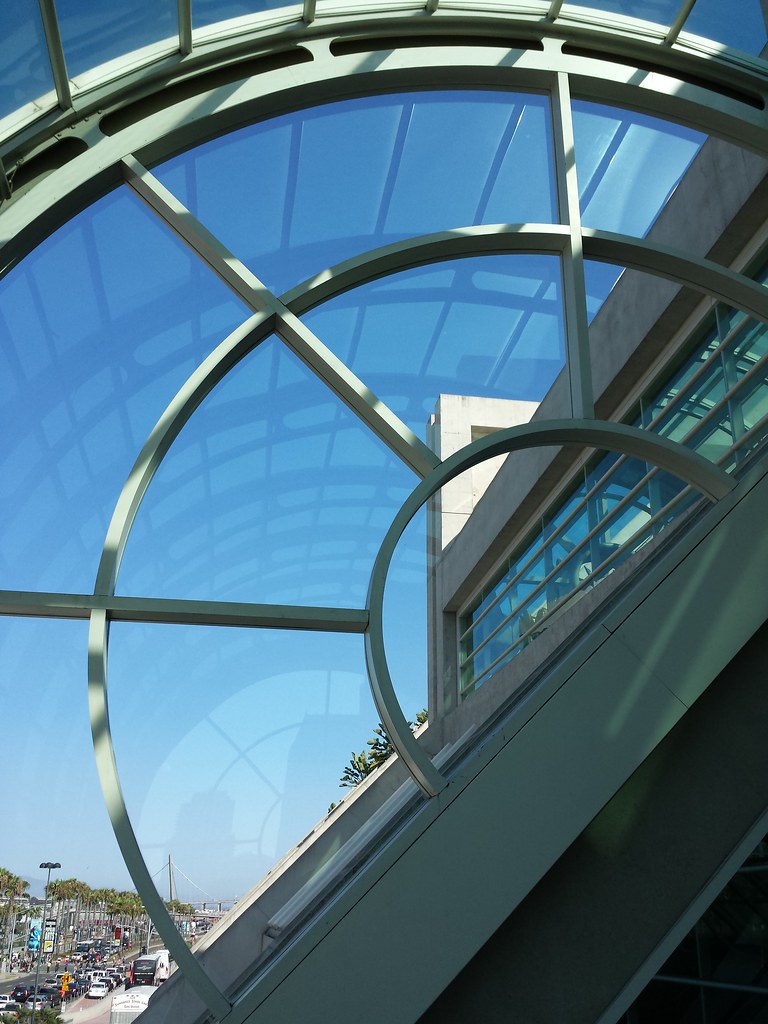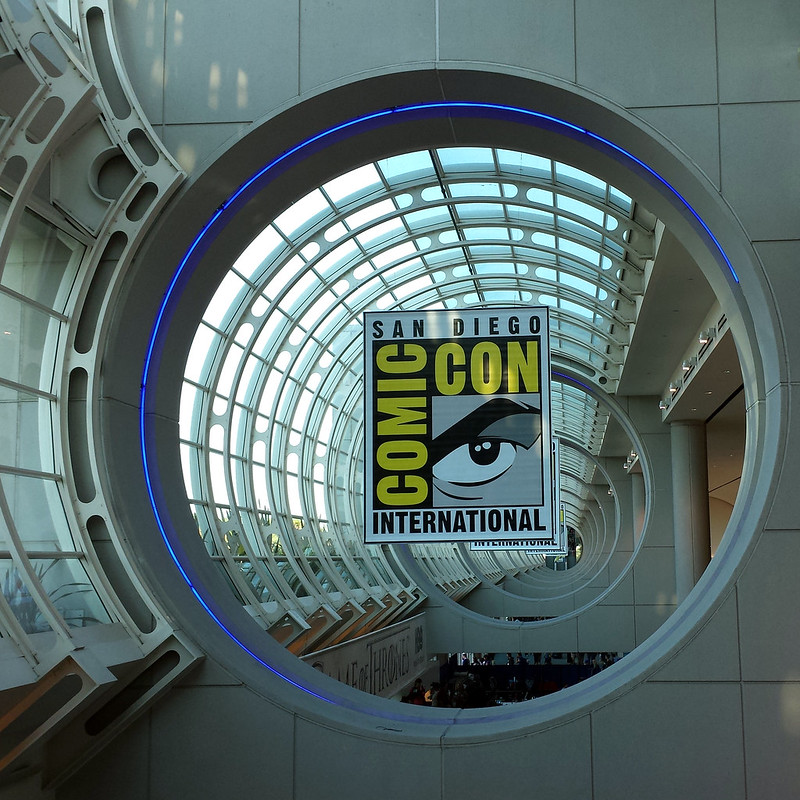It’s been getting more and more difficult each year to get tickets (not to mention hotel rooms) for Comic-Con International, and each of the last few years I’ve been wondering if this one might be the year I’d be shut out. The current system is a lottery: Everyone who wants tickets signs into a “waiting room” website before the sale starts, and the system randomly selects batches of people to let into the ticketing system, slowly enough that it won’t crash under the load, until all the tickets are sold out.
It took about an hour to sell out on Saturday.
Despite teaming up — you can buy tickets for yourself and up to two other people, so you can make arrangements among a group of three that whoever gets in first will buy tickets for the others — we watched as first Preview Night, then Saturday, then Friday, then Thursday, and finally Sunday each sold out. The official SDCC Twitter account was more timely with that information than the waiting room, which refreshed its message every 2 minutes, but insisted that Thursday was “very low” for at least one refresh after they reported the sellout on Twitter.
It’s going to be the first year since 1990 that I haven’t been to San Diego for Comic-Con.
Oddly, I’m only mildly disappointed.
- I was half-expecting it.
- WonderCon and Long Beach Comic-Con are both great conventions in the area (WonderCon 2014 & LBCC 2014 writeups) that are a lot easier to get into (and less crazy to attend). The kiddo might enjoy Comikaze — he’ll be almost five by then. (Wow!)
- I’ve been lucky the last few years, so I guess now it’s someone else’s turn.
- If we really want that SDCC experience, there’s the possibility of taking the train down to San Diego on Saturday to look at the stuff outside that doesn’t require a ticket. The kiddo will like the train ride too, I suspect.
Then again, the last two times I’ve gone to San Diego, I’ve gotten a first-hand look at the inside of an emergency room. Maybe it’s just as well that I don’t try for three in a row.



